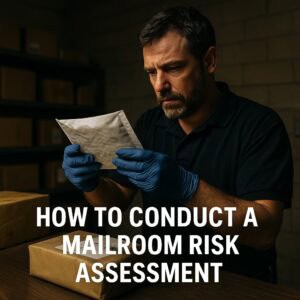A comprehensive risk assessment involves many pieces of information gathered from various sources. This may look different for individual travellers, corporate or business travellers, or those travelling on behalf of religious or non-profit organizations. Completion of tasks such as individual situational awareness audits completed by the traveller and risk evaluations completed by the sending organization all come together to create a comprehensive risk analysis.
As a traveller, one of the questions you should ask yourself when travelling to an unknown location is, “Am I familiar with local customs and culture?” As simple as this question is, it can have a huge impact on not only your enjoyment while on your trip, but it can also have an impact on minimizing risk associated with insensitivity to local culture and customs.
Simple things we do subconsciously can have different meaning depending on where you are. Various forms of eye contact, hand gestures, manner of dress, etc., are very subjective and can be interpreted in many different ways. Having advanced knowledge of beliefs, attitudes, and behavior, is extremely important. In various places, women run the risk of physical harm based on their dress or other “offensive” actions. In some locations giving the “Okay” hand gesture can be highly offensive. Below are just a few of the areas of consideration:
- Religious customs
- Cultural sites
- Political statements
- Clothing
- Hand gestures
- Eye contact
Before travelling to any location you’re unfamiliar with, be sure to do your research in regards to culture, customs, and etiquette. There are many places to find this information and we have listed a few below. Be sure you are using legitimate, trusted sources to make sound decisions. The last thing you want to do is take bad advice from a shady website which ends up getting you into a verbal altercation, physical altercation, or worse.
Resources:
A good litmus test is if the locals aren’t doing it you probably shouldn’t be either.






